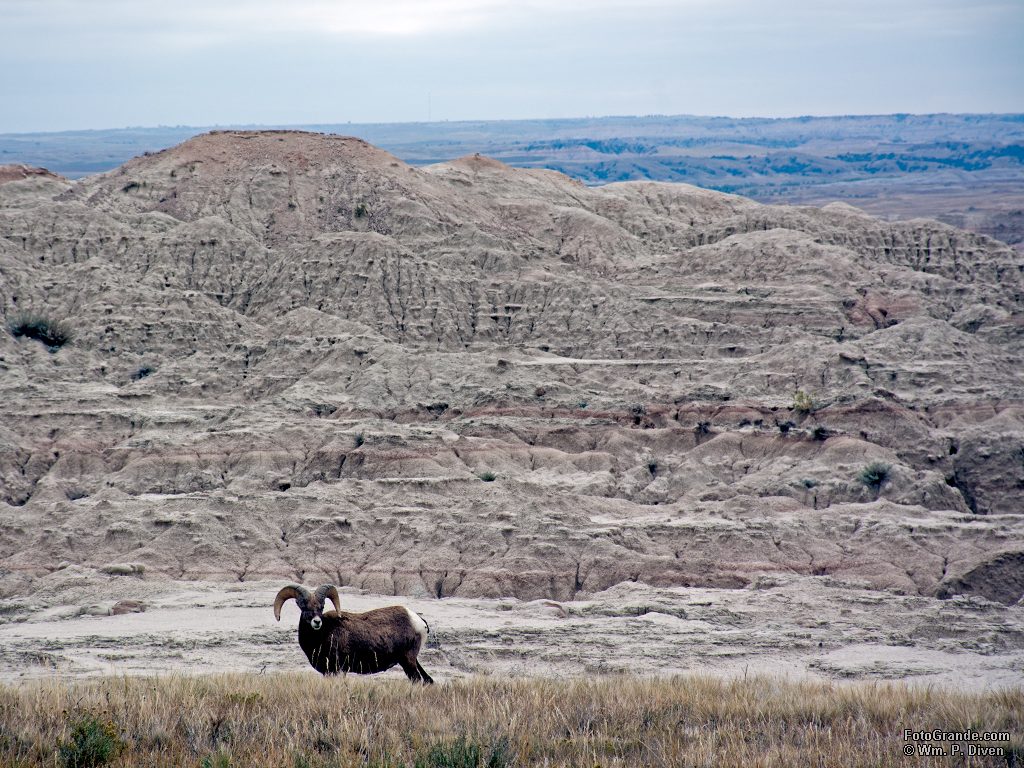I find some relief in there being no photo of me in blackface. Even if such an image popped up these many decades later, I was 12 years old then and not the governor of Virginia.
Lost from that Halloween of 1963 is who among three grade-school pals suggested it would be fun to shade our faces with burnt cork to trick-or-treat as poor black kids. Regardless, the candy haul met expectations, and no one in our small-town county seat in northern Illinois objected to the costuming.

Concepts like cultural appropriation and white privilege certainly weren’t on the local agenda as the national civil-rights movement warmed toward a full boil. Neither were Halloween warnings to college students about costumes being insensitive if not demeaning and racist. Rare in 1963 would be the white person not exposed to blackface in media or live entertainment while laughing, applauding or ignoring it in mindless acceptance. That it was a racist power play was lost on us but not on others who saw it corrupting even black entertainers.
Continue reading
